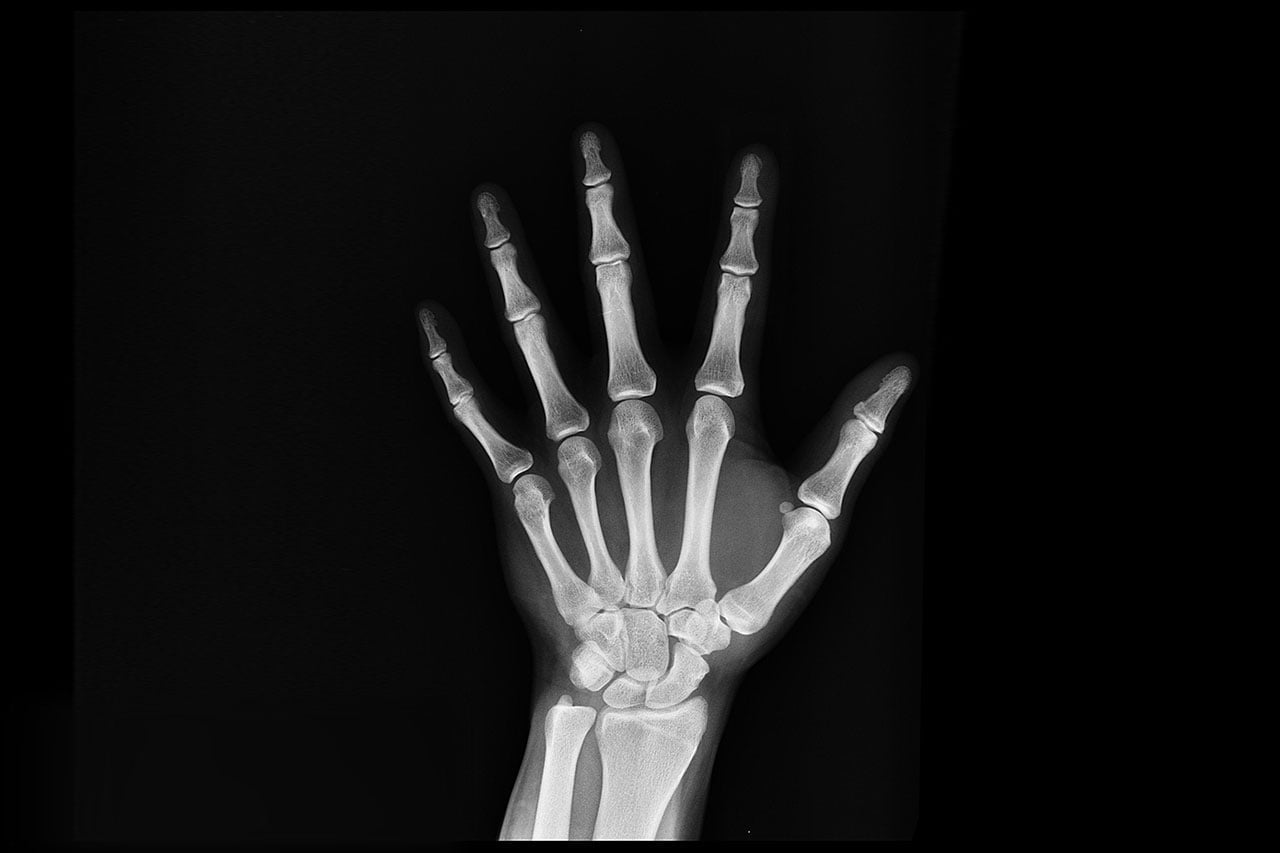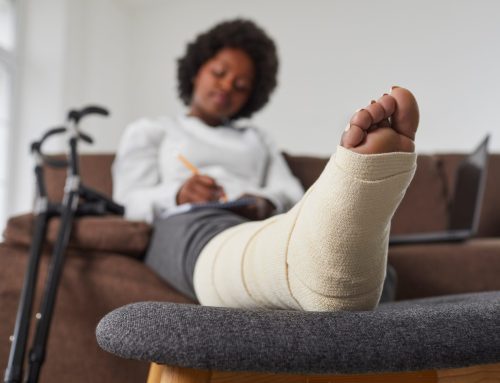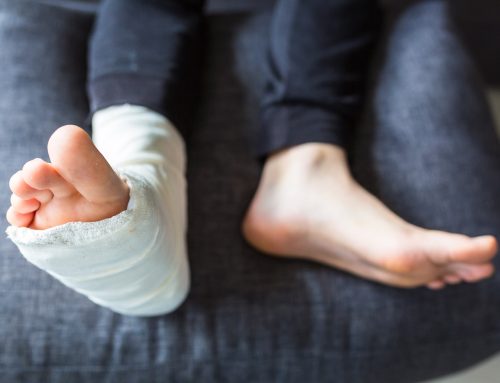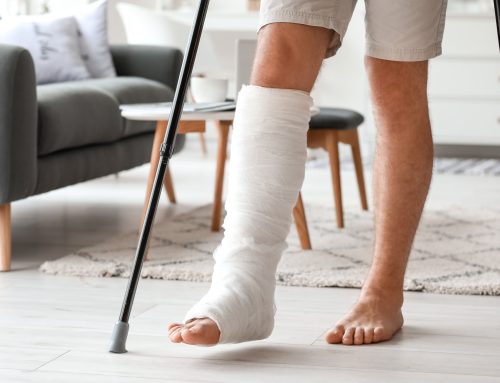Broken bones can be a pain, both physically and in terms of convenience. While a broken finger might be a slight annoyance for a couple of weeks, a severe femur fracture can have you off your feet for more than six months.
Which bones heal the quickest, and what exactly is the healing process like? Read on to learn more about the bones that heal the fastest.

Bones in the Human Body that Heal the Quickest
Depending on where your fracture is, you may be lucky enough to be back to normal in no time. Your age, underlying health conditions, diet and lifestyle habits will also contribute to how fast your bones will heal.
Broken Finger: 3-4 weeks
There are a number of creative ways you can come by a broken finger. Dropping something heavy on it, catching a fast-moving football the wrong way, or slamming it in a door. Either way – ouch.
The good news is these bones are the fastest to heal since they’re small in size. It can take up to 3-4 weeks if there aren’t any further complications. You may experience some pain and swelling, which can be subsided with medication. A neat tip to minimize swelling is to keep your hand raised above your heart as much as possible. If the swelling persists, apply some ice to the area. It’s the best natural anti-inflammatory!
The most important thing is to follow your doctor’s instructions for the quickest healing process. If you don’t, your finger could end up crooked!
Broken Toe: 4-6 weeks
There’s nothing worse than racing around your home because you’re late and finding an excruciating pain shooting up your leg. You’ve stubbed your toe on the coffee table, again—this time, with more force than usual.
Depending on the type of break and which toe, you’re usually in for a quick healing process. A complicated big toe break may take longer, requiring a cast or even surgery. But for your standard broken toe, you’ll just need four to six weeks of careful walking. You’ll likely only need to tape the broken toe to the neighbouring functional toe until it’s ready to start working on its own again.
Wrist Bones: 6-8+ weeks
What happens when you fall? Most people try to protect themselves. Our body tells us instinctively to outstretch our hands to stop a fall, which is a leading cause of wrist fractures. There are ten bones in the wrist, eight small ones and two long bones known as the radius and ulna.
Depending on the severity of the break and type of fracture, you may need it to be reset by your doctor first. Then, they’ll recommend either a splint or cast to keep it from moving, so it heals correctly. Smaller bones in the wrist may only need 6-8 weeks to heal, whereas larger bones with more complicated breaks can take 6+ months to recover and return to normal function fully.
If you’ve been cleared from the doctor’s office but still feel pain, you may have a broken scaphoid. This is a small bone near your thumb. Due to its size, it’s easy to miss in an examination. Although this bone is small it’s certainly mighty. Without proper treatment, you’ll see major complications down the road. It’s best to request an x-ray if the pain persists after several weeks.
Ankle Bones 6-8+ weeks
Ankle bones are at risk when there has been excessive pressure from impact or a sharp twist during a fall. While straightforward breaks may allow you to still walk with a boot, complications can have you off your feet for months. You may need to get a plate or some screws and wires surgically placed to help support your bone’s healing process.
A typical fracture can be healed in six to eight weeks, often requiring physical therapy to get your ankle back to normal. This can vary depending on the location and severity of the break. You could feel pain and discomfort for 6-12 months. Don’t be discouraged if it’s taking longer than usual to get back to normal. While your bones may be healed, your tendons, ligaments, and muscles might need some more time to bounce back.
Bone Healing Process
The bone healing process is typically the same, whether you’re dealing with a broken finger, broken toe, or fractured collarbone. It starts from the second you obtain the injury.
A blood clot will form around the break within the first few hours. This is a good thing! The clean-up crew, aka cells called phagocytes, will clean up the bone fragments and kill any germs that got in around your fresh break. Fun fact – these cells got their name from the Greek language, which means “cells that eat.”
The next stage of the healing process is when a soft callus (made up of mostly collagen) forms around the fracture. This can take place from 4 days to 3 weeks, depending on the severity and location of the break. After that, a hard callus will form. This typically happens two weeks after the break and finishes the process between the 6th-12th week.
Believe it or not, your bones then get remodelled to return to their original shape – all on their own! Your own cells get to work inside the body; however, it is a very slow process. This can take 3-9 years, but it doesn’t affect your everyday living.
Fractures can be a huge inconvenience that take away from your everyday living. Waiting around for them to heal isn’t the only thing you can do. Relief is around the corner with Fracture Healing’s LIPUS device. Canadians can use this for just 20 minutes a day to advance the healing of fresh, delayed and non-union fractures. Contact us to ship your device so you can get back to how things were before your injury.
Have you ever had to wear a cast? Did the fastest healing bone surprise you? Please share your comments with our readers below.





